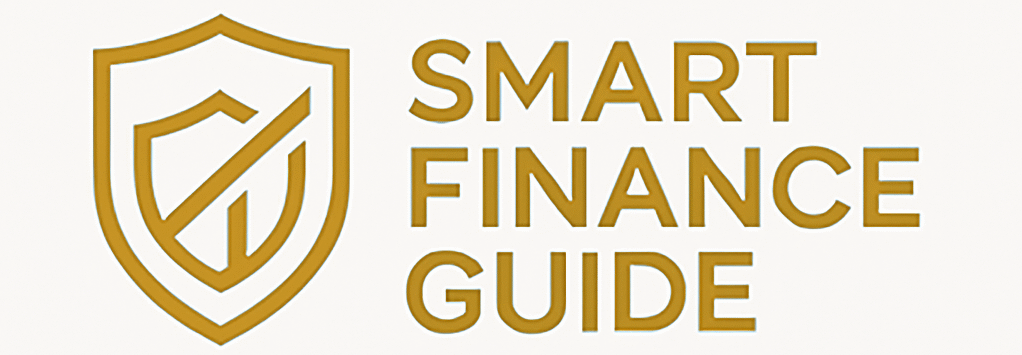Managing money is already a challenge for many — and it becomes even more complex when your income changes from month to month. If you’re a freelancer, contractor, business owner, or gig worker, you know that some months are great, and others are lean.
But variable income doesn’t mean unpredictable finances. With the right strategy, you can bring consistency and clarity to your financial life — regardless of how much you make each month.
In this article, you’ll learn how to budget, save, and grow your money on a fluctuating income, so you can achieve your goals and stay financially stable all year long.
Why Variable Income Needs a Different Strategy
When your paycheck changes monthly, traditional budgeting methods don’t always work. You need to:
- Plan for the worst-case month, not the best
- Separate wants from needs with precision
- Create buffers for income dips
- Save more aggressively in good months
This requires more awareness, structure, and discipline — but it’s absolutely doable.
Step 1: Know Your Numbers
Start by reviewing the last 6 to 12 months of your income.
Track:
- Total income earned each month
- Source of income (client, job, project)
- Monthly expenses (fixed and variable)
✅ Calculate your average monthly income and your lowest income month. These two numbers will guide your budgeting strategy.
Step 2: Identify Your Bare Minimum Budget
This is the amount you need each month to survive, not thrive.
Include only essential expenses:
- Rent/mortgage
- Utilities
- Groceries
- Insurance
- Minimum debt payments
- Transportation
- Medical costs
This is your “survival number” — your income goal every month.
Step 3: Build a Buffer or “Income Smoothing” Fund
The secret to handling variable income is to create consistency manually.
How it works:
- During high-income months, save extra money
- During low-income months, withdraw from that buffer
- Use a separate savings account to manage this
✅ Ideal goal: Save 1–3 months of expenses to act as a cushion.
Step 4: Create a Prioritized Budget
Instead of a rigid plan, use a tiered budget:
Tier 1: Must-haves (essential expenses)
Tier 2: Should-haves (savings, debt repayment, insurance)
Tier 3: Nice-to-haves (entertainment, dining out, travel)
When income is high → fund all tiers
When income is low → cover Tier 1 first, then others if possible
This makes budgeting flexible, not fragile.
Step 5: Separate Business and Personal Finances
If you’re self-employed or freelance:
- Use one account for income and expenses (business)
- Pay yourself a “salary” monthly from that account
- Keep business savings and taxes separate
This avoids confusion and makes it easier to track spending.
Step 6: Automate What You Can (Smartly)
Automation is powerful, but with variable income, it needs to be adaptable.
Automate:
- Transfers to savings and investments — when income is high
- Bill payments — only if you’re sure funds will be available
- Budget reviews — schedule monthly check-ins
✅ Avoid overdrafts by setting automation after payment days.
Step 7: Track Every Dollar (Especially When Income Is Tight)
Awareness is everything when your income changes constantly.
Use apps or tools like:
- YNAB (You Need a Budget)
- EveryDollar
- Google Sheets
- Spreadsheets with cash flow projections
Track both income and expenses weekly during unstable months.
Step 8: Save More During High-Income Months
Resist the temptation to overspend during your best months.
Instead:
- Top up your buffer
- Make extra debt payments
- Increase retirement or emergency savings
- Invest in tools that improve future income
✅ Avoid “lifestyle creep” — maintain your base spending level year-round.
Step 9: Set Income Goals Based on Averages
Plan your finances based on your average monthly income, not your best.
If your average is $3,000/month:
- Budget around $2,500
- Save the rest to cover leaner months
This mindset creates stability and sustainability.
Step 10: Plan for Taxes and Irregular Costs
With variable income, surprises are common — prepare in advance.
Create:
- A tax fund (15–30% of income if self-employed)
- A sinking fund for irregular expenses (car repairs, gifts, travel)
- A vacation/slow season fund if work is seasonal
This keeps your core budget untouched.
Final Thoughts: Stability Is Possible — Even Without a Fixed Paycheck
A variable income doesn’t have to mean financial chaos. With the right systems and habits, you can enjoy flexibility, security, and progress — even if your income looks different every month.
Start by tracking, prioritizing, and saving smart. Build buffers. Stay consistent. And remember: you don’t need a fixed salary to build a strong financial future.

